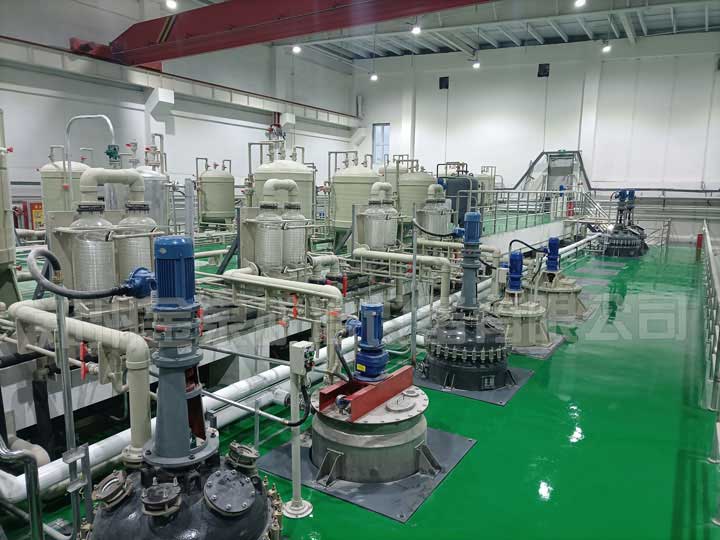Dissolution method of waste catalyst carrier containing platinum group metals

The automobile exhaust catalyst industry accounts for 48%, 82% and 93% of the global demand for platinum, palladium and rhodium. The content of platinum group metals in automobile exhaust catalysts is high, and the carrier is mainly alumina or cordierite. Since platinum group metals have stable chemical properties, acid dissolution or alkali dissolution can be used to dissolve the carrier, so that it can be transferred into the solution and separated from the recovered PGMS, thereby achieving the purpose of enriching platinum group metals. Catalyst carrier composition and PGMS content in other fields.
1. Acid dissolution method: In view of the encapsulation problem of PGMs, a mechanochemical activation pretreatment method is proposed. The waste material is mechanically activated with an oxidant and a chelating agent in a certain proportion. This method can effectively destroy the encapsulated aluminosilicate carrier and alumina coating. Although the traditional strong acid leaching method can achieve a higher recovery rate, the reduction process releases a large amount of Cl2, SO3 and NOx, and also produces a large amount of wastewater containing metals and strong acids. In recent years, scholars have found that weak acids such as citric acid can make the recovery process more efficient and environmentally friendly.
2. Alkali dissolution method: For the insoluble spent automobile exhaust purification catalyst refining slag in the plasma furnace, the alkali roasting-water leaching process is used to convert silicon and aluminum into soluble salts for separation. Pt, Pd and Bh are not lost and are all transferred to the water leaching slag. The dissolution rate of the refined slag reaches more than 90%, and platinum, palladium and rhodium are enriched by about 10 times. The soda sintering-acid leaching method is used to treat the precious metal waste catalysts recovered from the dust collection system, air conditioning system, waste cleaning system, etc. The carrier is converted into nepheline during soda sintering, which solves the pollution problem of the existing extensive pyrometallurgical metal capture method. However, the alkali dissolution method can only be used for silicon-aluminum-based carriers, and has high requirements for equipment, so it is not widely used in practice.

